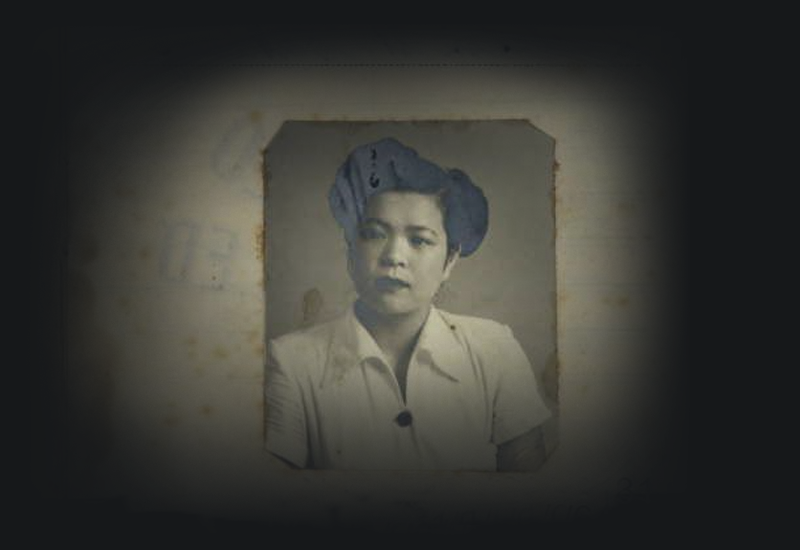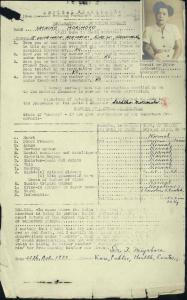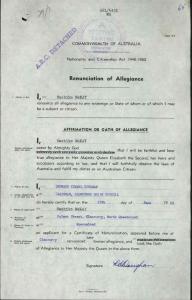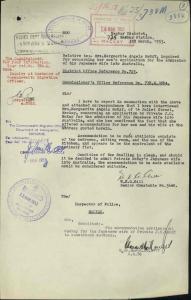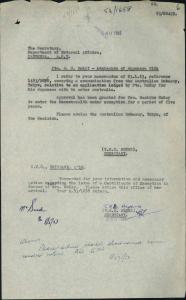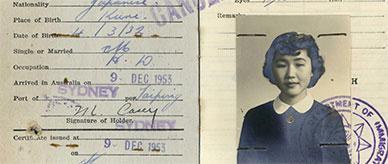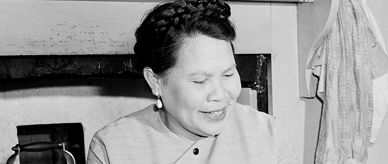Sachiko McKay nee Morimoto, known as Marie, was born in Japan in 1928. She married an Australian servicemen, Jack Clive McKay, on 13 November 1952, at Kure, Japan. McKay was a member of the occupation forces which were in Japan at the time. Mr McKay submitted an application for his wife to enter Australia on 10 February 1953. He arranged accommodation for his wife with his mother in Mackay.
Mr McKay’s request for his wife to travel to Australia was granted on the 6th of May 1953. Mrs McKay was allowed to enter the Commonwealth under exemption for a period of five years. She arrived in Australia in August 1953 by plane.
From the time Sachiko’s husband left Japan, to when she arrived in Australia in August, he had discharged from the Australian Forces and taken up a job with the Queensland Government Railway Department in Mackay. The McKay’s lived in Mackay until 1955. Mr McKay was then transferred to Cairns, where they remained until 1957. He then received another transfer to Cloncurry, where they continued to live.
In 1960, Mrs McKay was able to return to Tokyo for a holiday to visit her parents. Mrs McKay applied for naturalisation in February 1963.
She was one of approximately 650 pioneering Japanese women who had married Australian servicemen, changing the course of immigration policy in Australia. Before 1952 their presence in Australia would have been unlawful due to restrictive immigration laws based on race.

